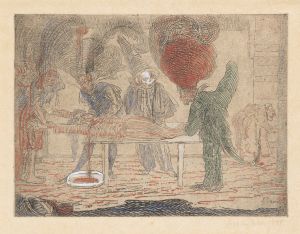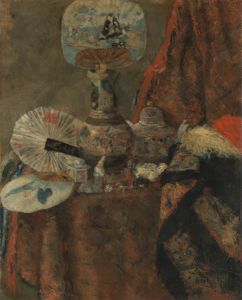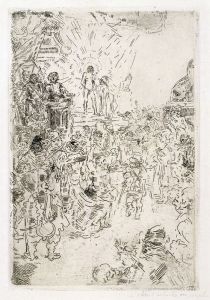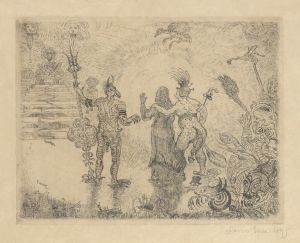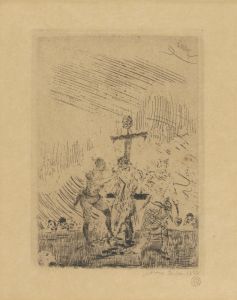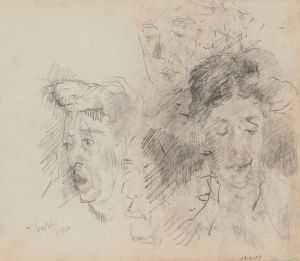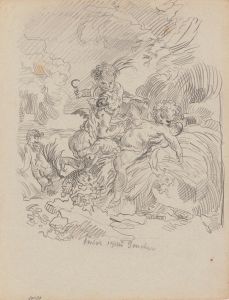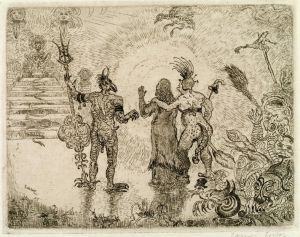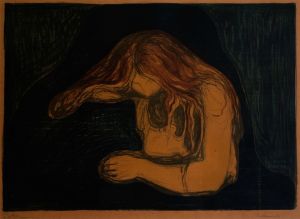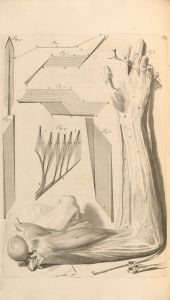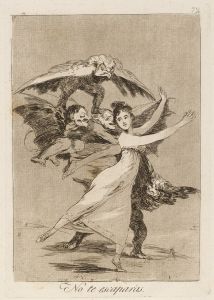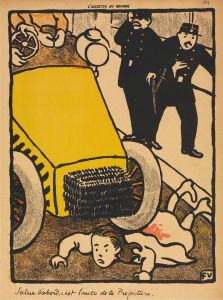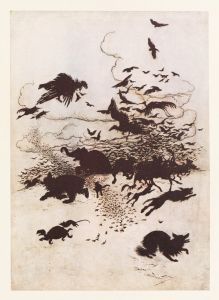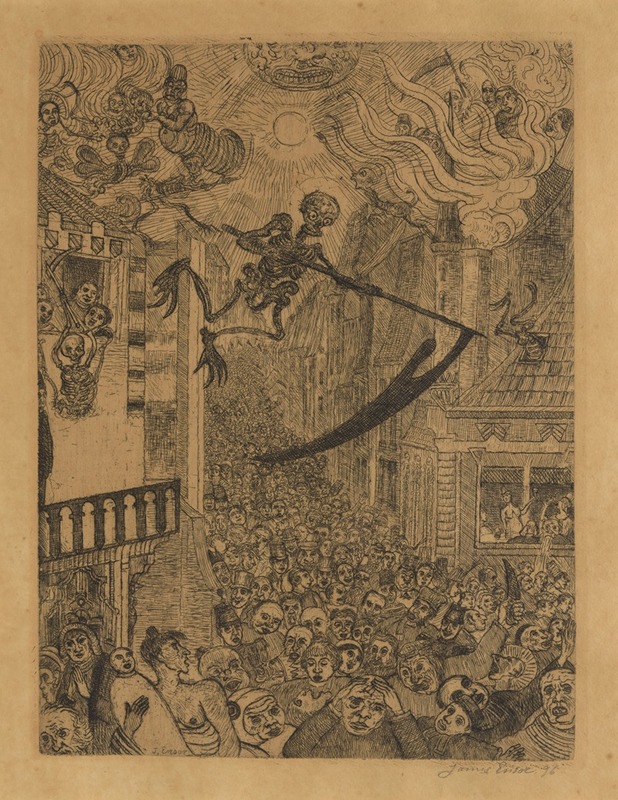
De dood achtervolgt de mensenkudde
A hand-painted replica of James Ensor’s masterpiece De dood achtervolgt de mensenkudde, meticulously crafted by professional artists to capture the true essence of the original. Each piece is created with museum-quality canvas and rare mineral pigments, carefully painted by experienced artists with delicate brushstrokes and rich, layered colors to perfectly recreate the texture of the original artwork. Unlike machine-printed reproductions, this hand-painted version brings the painting to life, infused with the artist’s emotions and skill in every stroke. Whether for personal collection or home decoration, it instantly elevates the artistic atmosphere of any space.
James Ensor, a renowned Belgian painter and printmaker, created the artwork "De dood achtervolgt de mensenkudde" (translated as "Death Pursues the Flock of Humans") in 1896. Ensor is often associated with the Symbolist movement and is known for his unique style that blends elements of satire, fantasy, and the macabre. His work frequently explores themes of mortality, the absurdity of human existence, and the grotesque.
"De dood achtervolgt de mensenkudde" is a prime example of Ensor's fascination with death and the human condition. The painting depicts a chaotic scene where a skeletal figure of Death chases a crowd of people. This imagery reflects Ensor's preoccupation with the inevitability of death and the futility of human endeavors. The painting is characterized by its vivid colors, dynamic composition, and the use of masks and skeletons, which are recurring motifs in Ensor's oeuvre.
Ensor's work often critiques societal norms and the hypocrisy he perceived in the world around him. In "De dood achtervolgt de mensenkudde," the crowd of people can be seen as a representation of society, blindly rushing forward, oblivious to the presence of Death. This theme resonates with the Symbolist movement's interest in exploring the deeper, often darker aspects of human psychology and existence.
The painting is executed in oil on canvas, a medium Ensor frequently employed to achieve rich textures and vibrant hues. His technique often involved bold brushstrokes and a vivid palette, which contributed to the emotional intensity of his works. Ensor's style was ahead of its time, influencing later movements such as Expressionism and Surrealism.
James Ensor was born in 1860 in Ostend, Belgium, where he spent most of his life. He was part of the avant-garde group Les XX, which included other progressive artists of the time. Despite facing criticism and misunderstanding from the art establishment during his early career, Ensor eventually gained recognition for his innovative approach and unique vision. By the end of his life, he was celebrated as one of Belgium's most important artists.
"De dood achtervolgt de mensenkudde" is housed in the Royal Museum of Fine Arts in Antwerp, Belgium, where it continues to be an important piece in the museum's collection. The painting is a testament to Ensor's ability to convey complex themes through striking visual imagery, and it remains a significant work in the study of late 19th-century art.
Ensor's legacy is marked by his ability to blend humor, horror, and social commentary, creating works that challenge viewers to confront uncomfortable truths about life and death. "De dood achtervolgt de mensenkudde" encapsulates these elements, making it a quintessential example of Ensor's artistic genius and his contribution to modern art.





